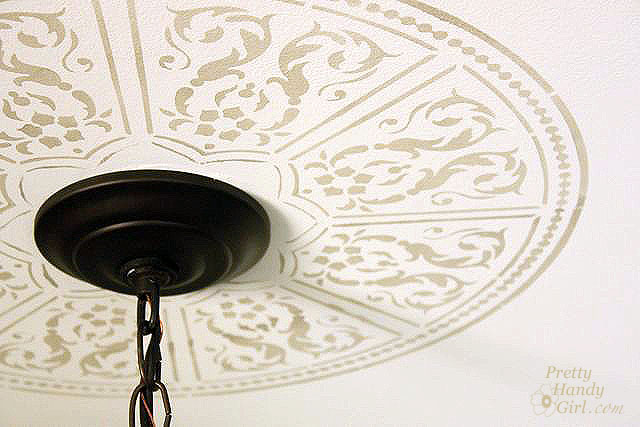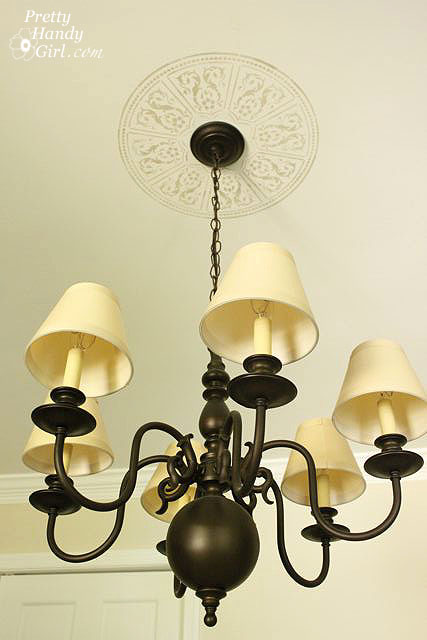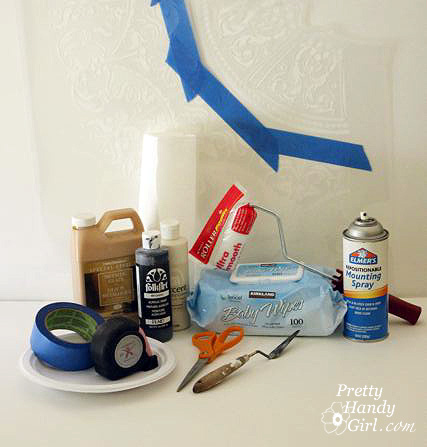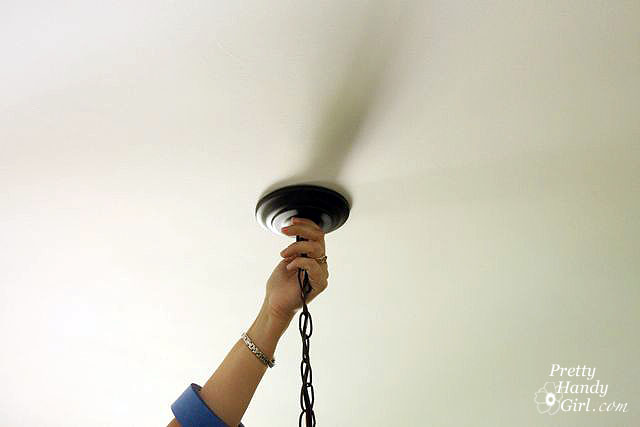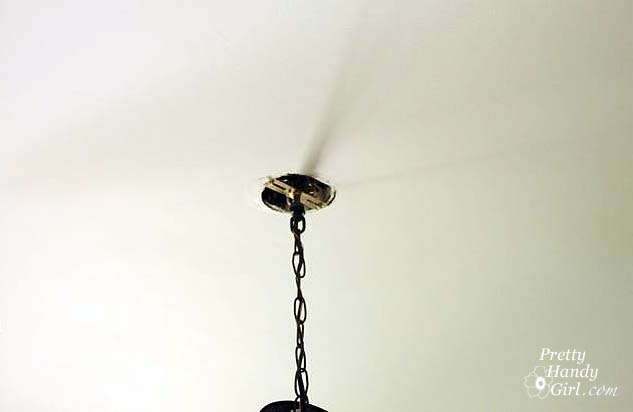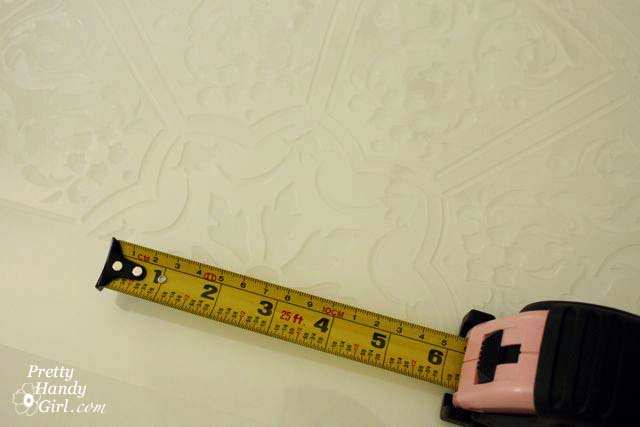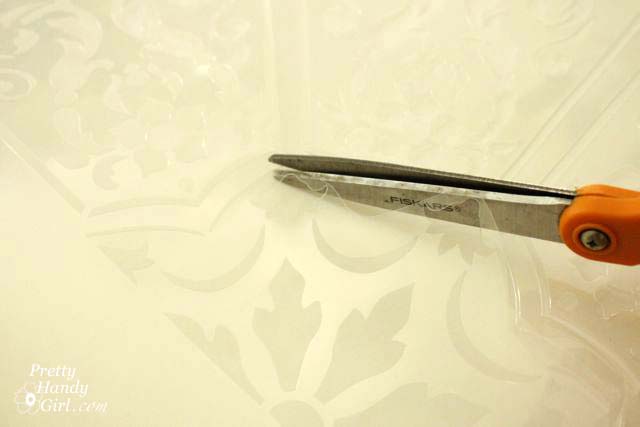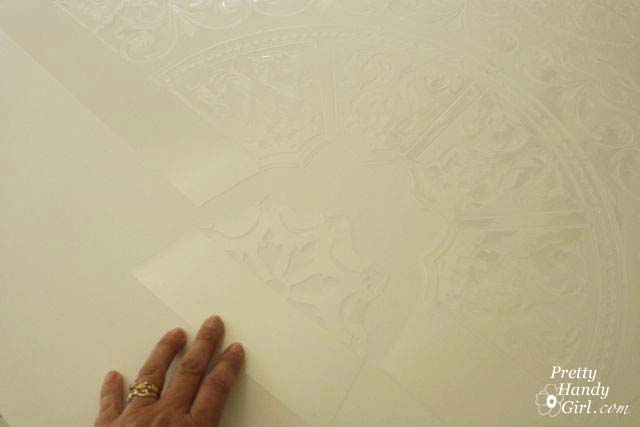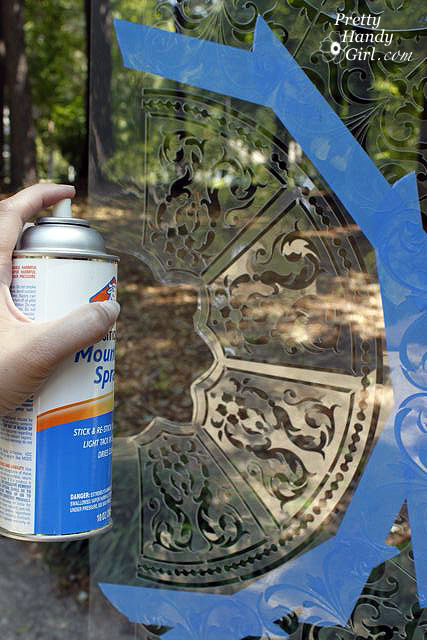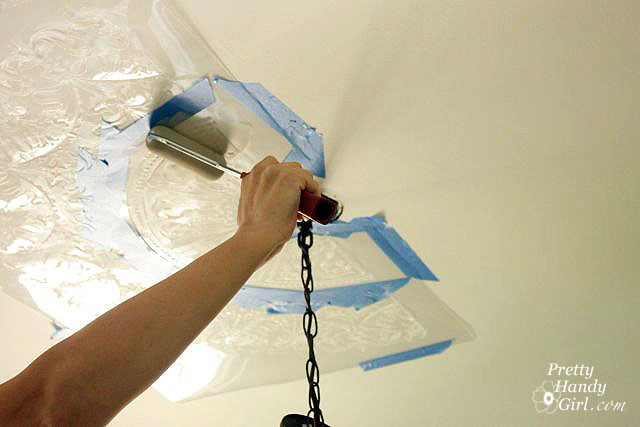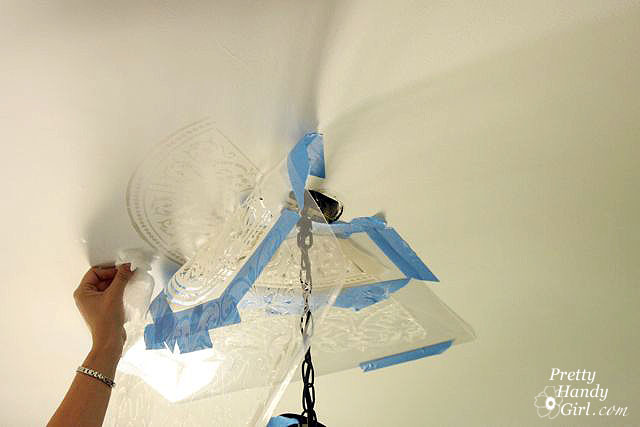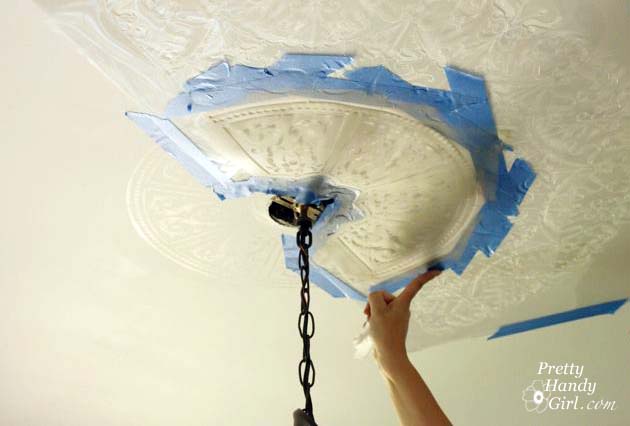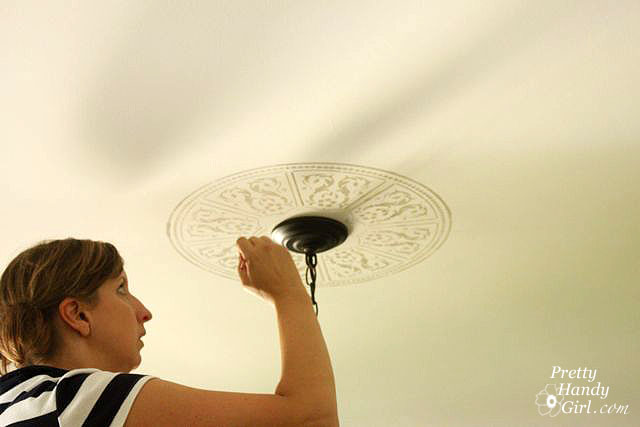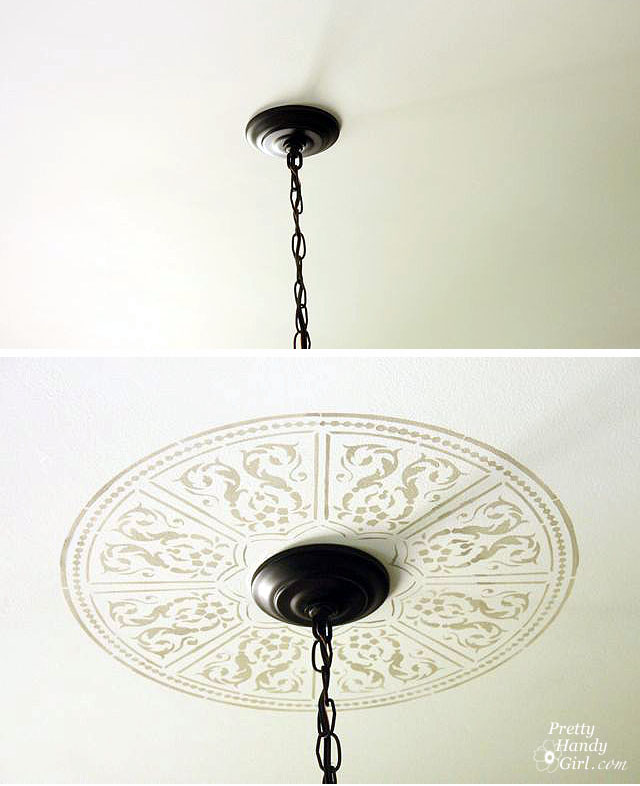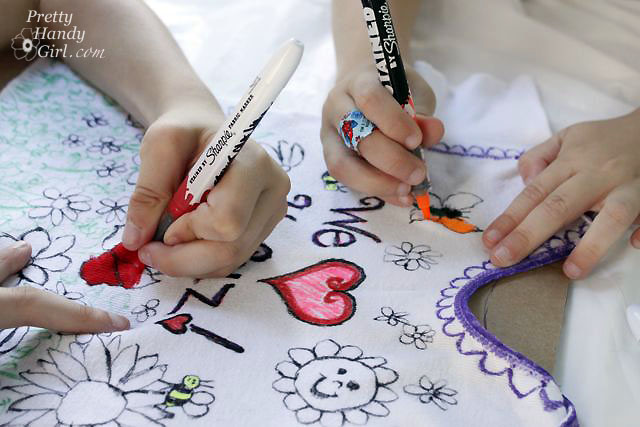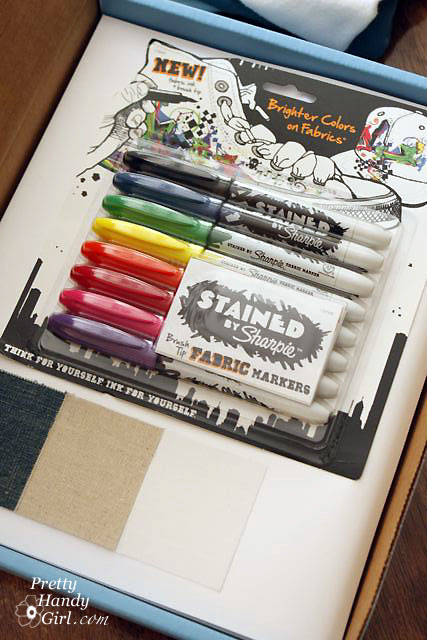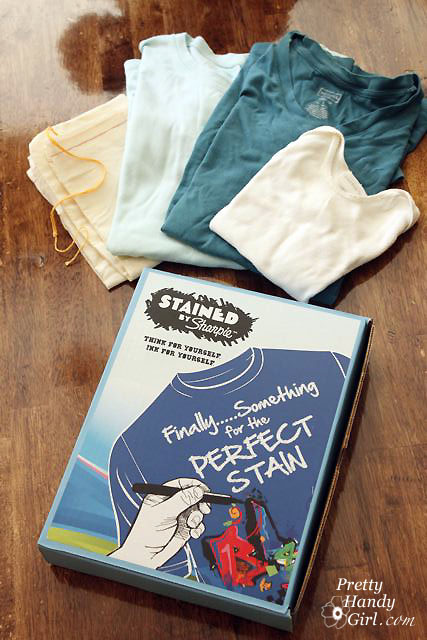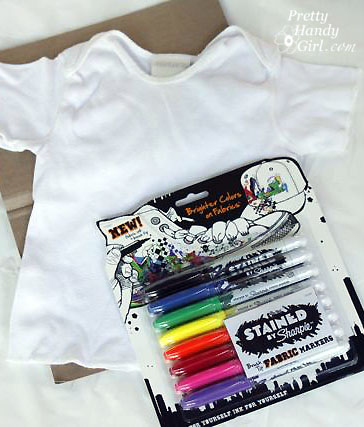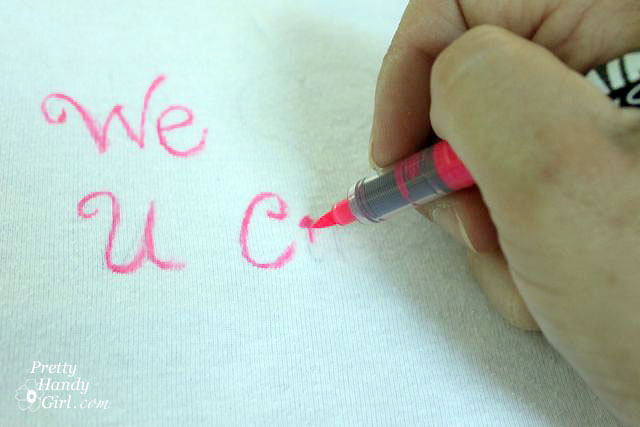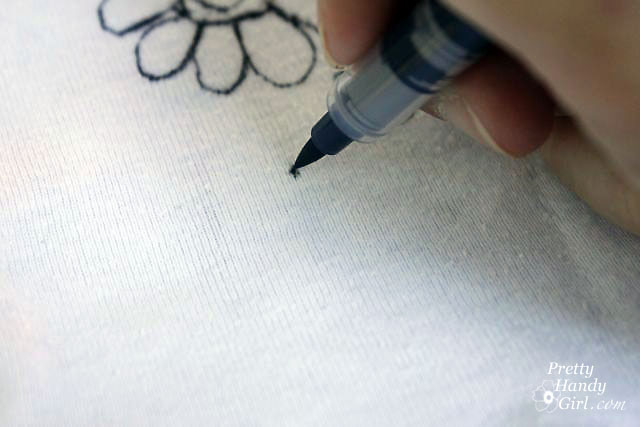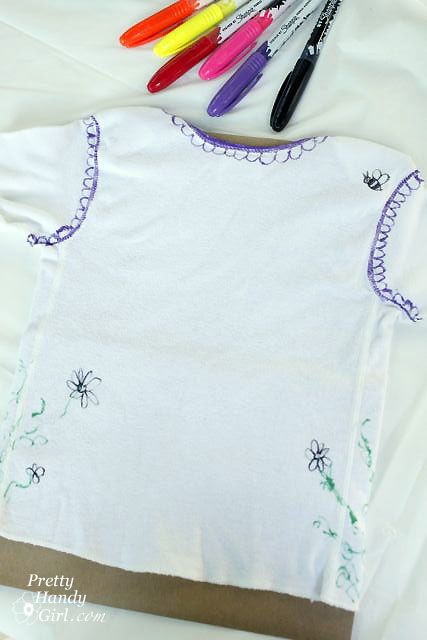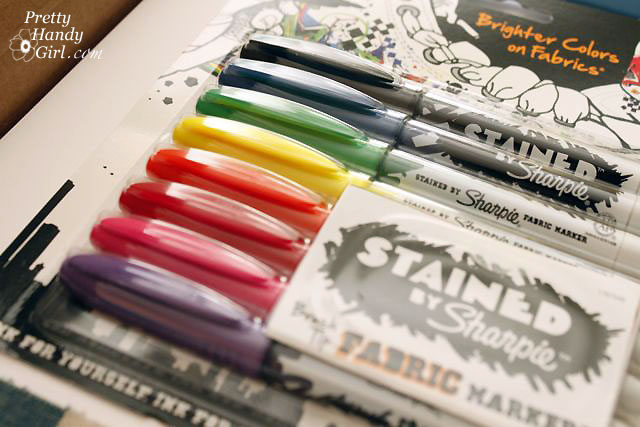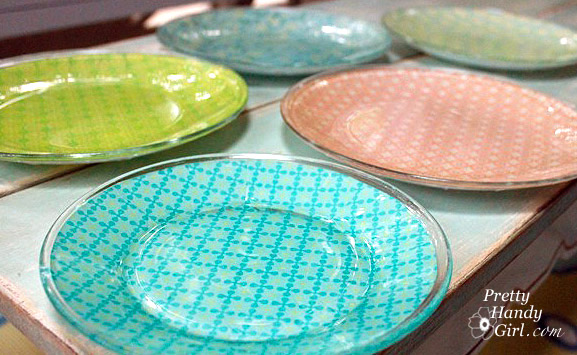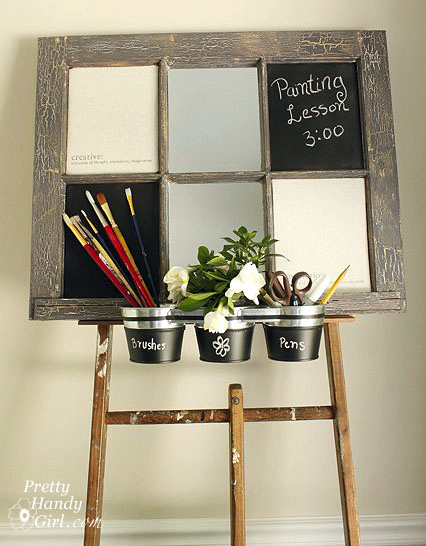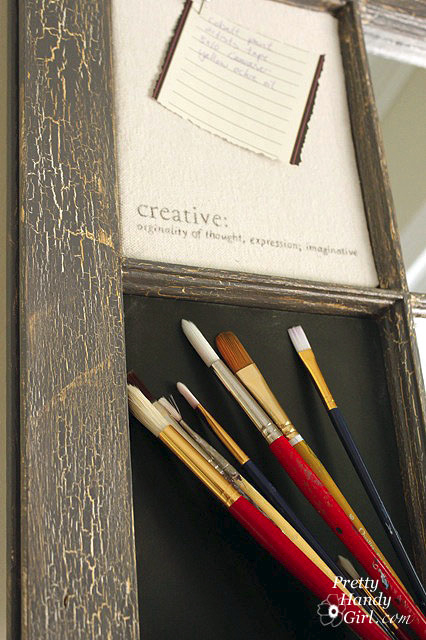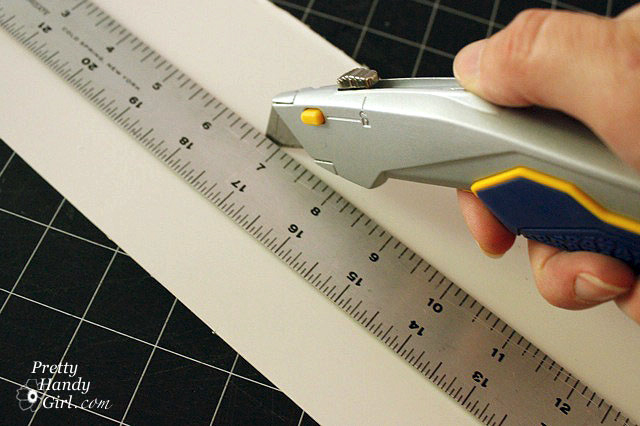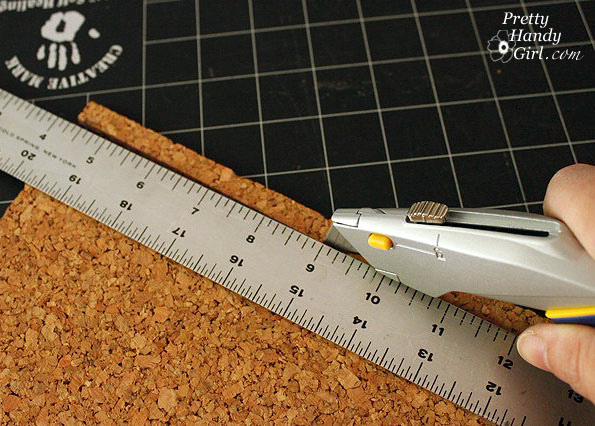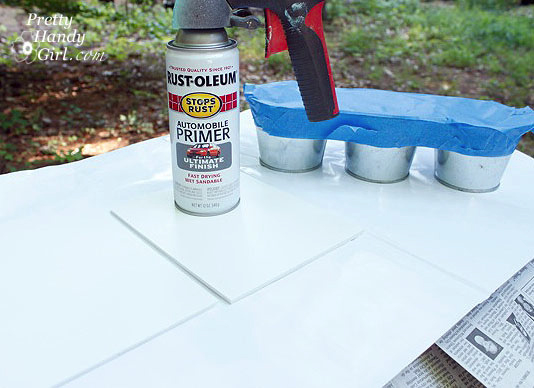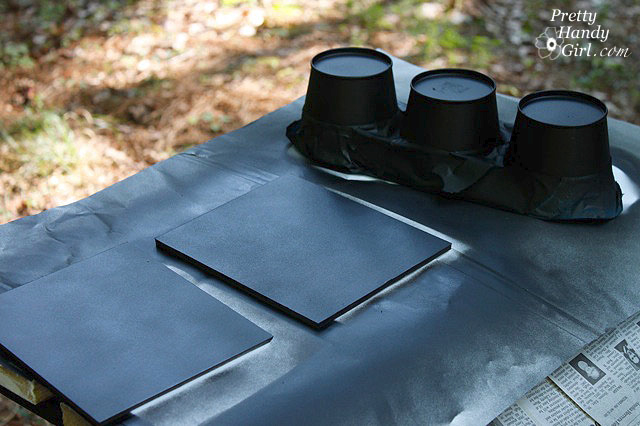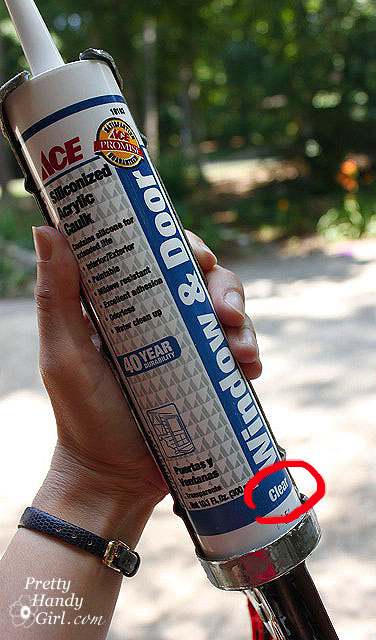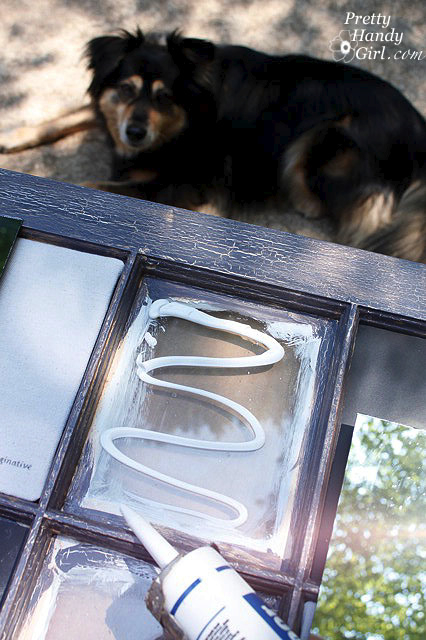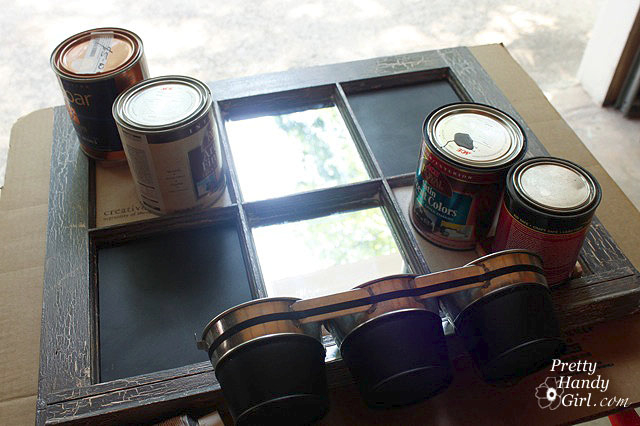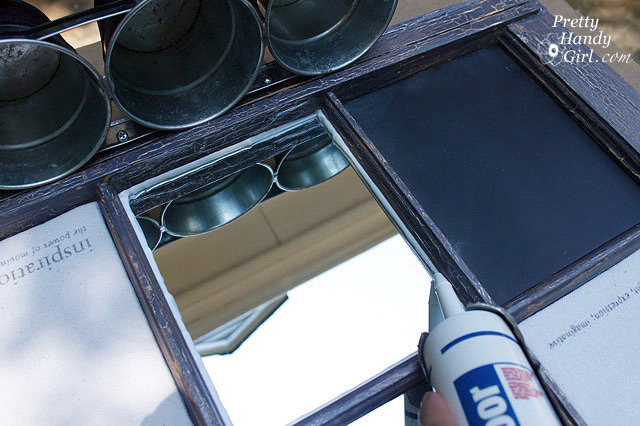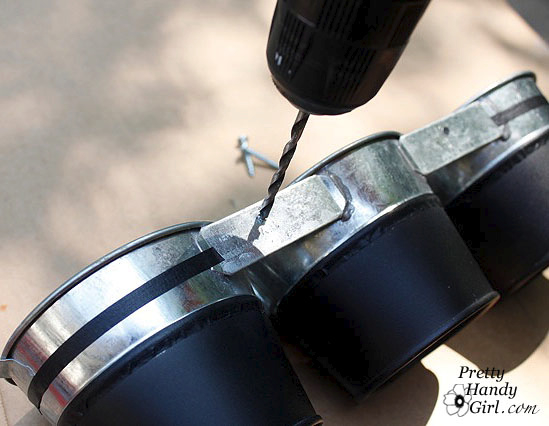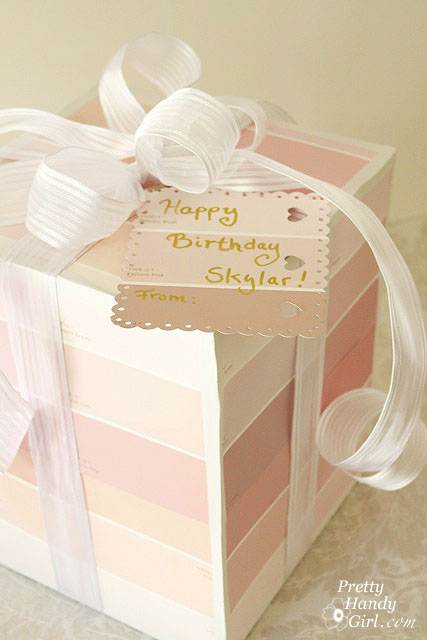
I’ve officially caught the paint chip bug! How about you? Have you seen all that can be done with those FREE* paint chips?! The possibilities are almost endless. (*Please use consideration when taking paint chips. Try not to take more than 2-3 of each color and definitely don’t take the last of a color. It might be a good idea to ask permission from the paint store employee if you need to take more than a dozen.)
As I was getting ready to wrap a present for a little birthday girl, I lamented the fact that I was tired of the two rolls of wrapping paper we had (not counting the dozen or so that are Christmas related.) Then, I came up with the idea to wrap the present in paint chips. I was probably influenced by the tiny gift boxes that How About Orange made a while ago.
Here are the materials you will need:
- Paint chips (used Behr brand from Home Depot)
- Clear packing tape
- White artists tape (I wish this tape was a little stickier though.)
- X-acto knife
- Pencil
- Scissors
- Ruler
- Ribbon
- Gift box to be wrapped
Instructions:
Start by laying out the chips on one side of the gift box. Overlap where the chips meet so the box won’t show. And allow the chips to overlap the sides of the box slightly.

To keep the chips in the same position, lightly tape them together with artist’s tape before lifting them off the present.
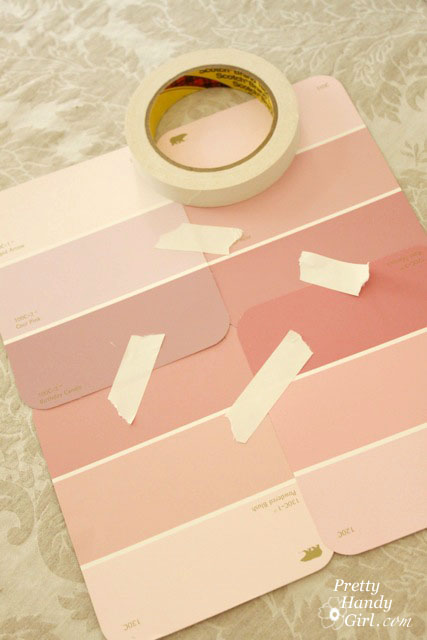
Gently turn over the chips and tape all the seams with the clear packing tape. Repeat the above steps for the other three sides (do not create a panel for the top or bottom of your present yet.)
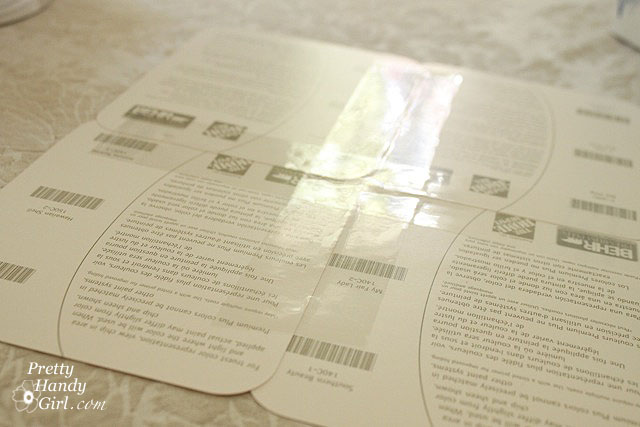
Lay the gift on top of the taped chip panel and draw a line along the edge of the box.
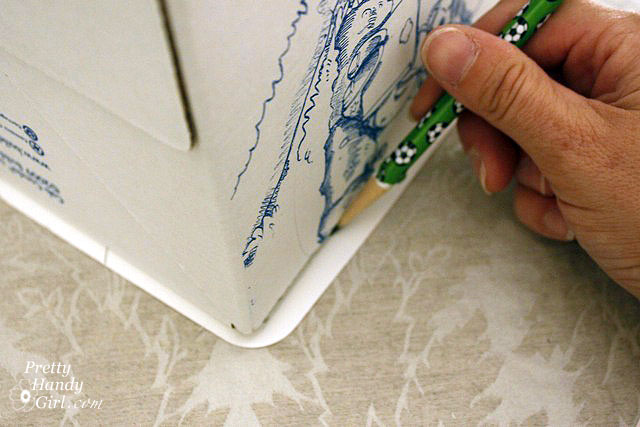
Using an X-acto knife, cut two opposing panels at a time (since they should be the exact same measurements.)

Assemble a panel for the top of the gift box. Only this time, allow more of the chips to extend over the sides (preferably 1/4 – 1/2 inch) on three sides. The fourth side should be flush with the edge of the box.
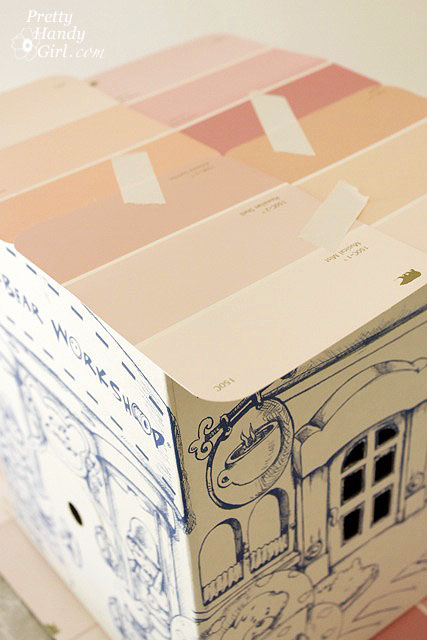
Fold over the edges of the overlapping chips to fit snug against the box.
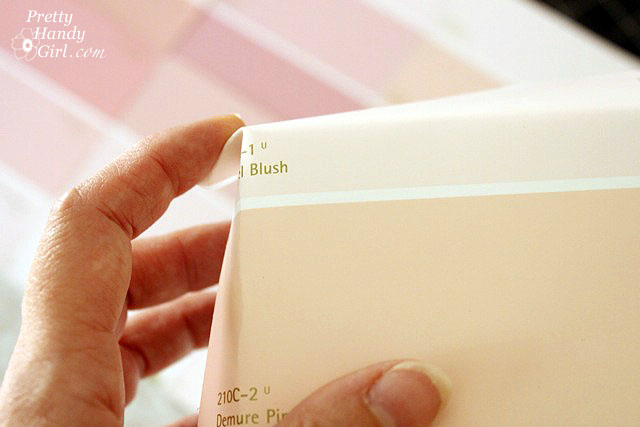
Make a cut into each of the overlapping corners as shown:

Fold the corners in and tape them to create your box top. Note that one edge does not have a folded side.

Tape all four of your box sides together so it creates one long rectangle. Then tape the top of the box to the top of the second panel where there is the open side.
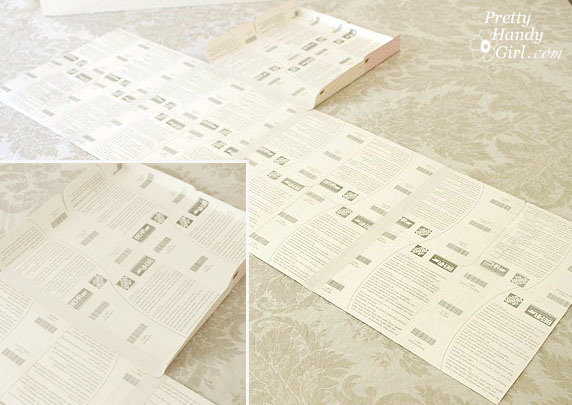
Lift the sides up and set your box into the top (upside down.) Fold the sides in around the gift box.
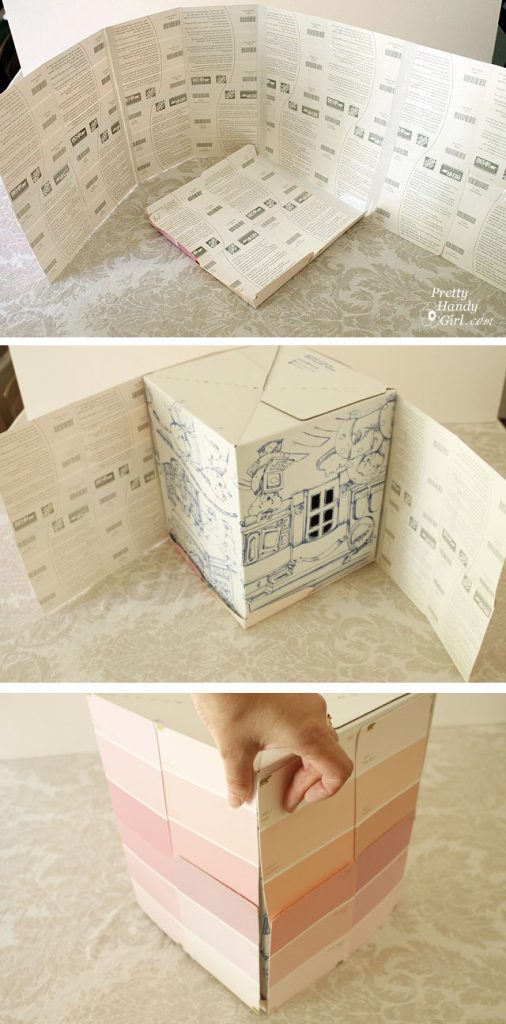
Make sure your panels fit relatively snug around your present. Then remove the gift box. Tape the lid of the paint chip wrapping to the sides of the wrapper. And put a piece of tape inside the seam where the sides meet.
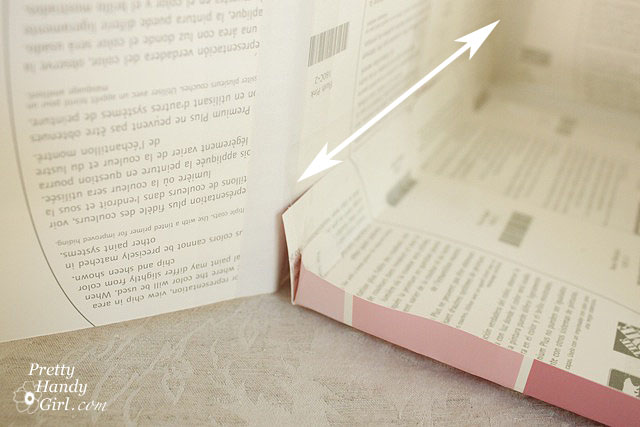
Now you can slide the paint chip wrapper over your gift box (right sides up.)

Make the bottom panel to your paint chip rapper exactly like you did for the sides by trimming off the excess. Then lay it onto your paint chip wrapped box. Take your white artist’s tape and tape all the seams of your box.
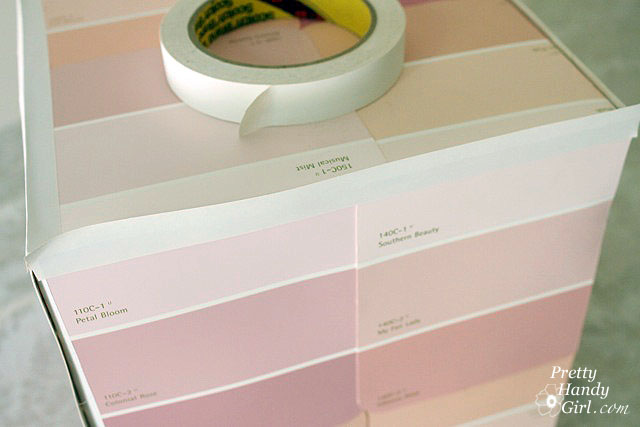
Fold over the corners neatly.
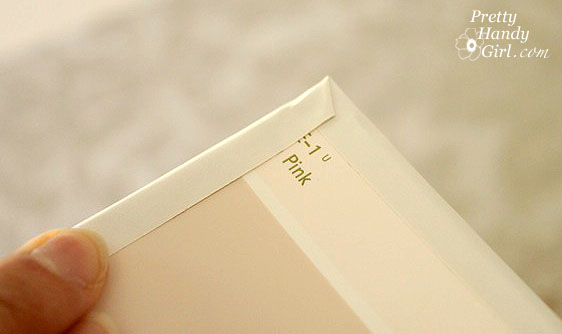
Your wrapped present should look like this:

Wrap a pretty bow around the present and attach another paint chip (I punched some decorative holes in this one.) Write a little message and you are finished.

Now watch the gift recipient ooh and ahh over this unique and beautifully wrapped present!
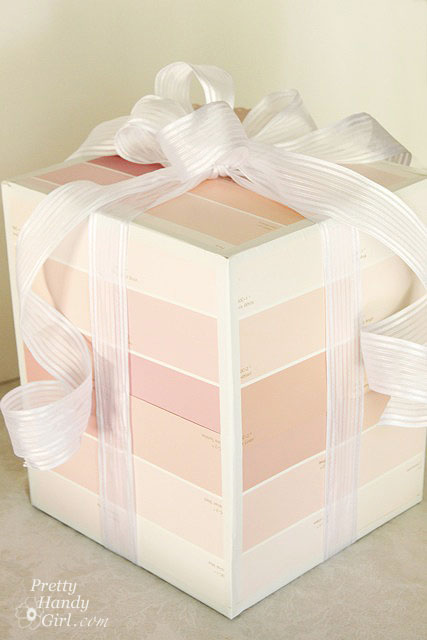
I thought this present would be perfect for a shower gift. Or a graduation present using the graduate’s school colors?! And using red and green chips would be perfect for a Christmas present. I can’t wait to try this again sometime soon.
If you love paint chip projects, I’m creating a round up of projects for Parentables. I’ll share the link with you on Thursday!

P.s. Don’t forget to enter the Wagner Power Plus Paint Sprayer giveaway! A winner will be chosen at random on Friday, September 16th!



